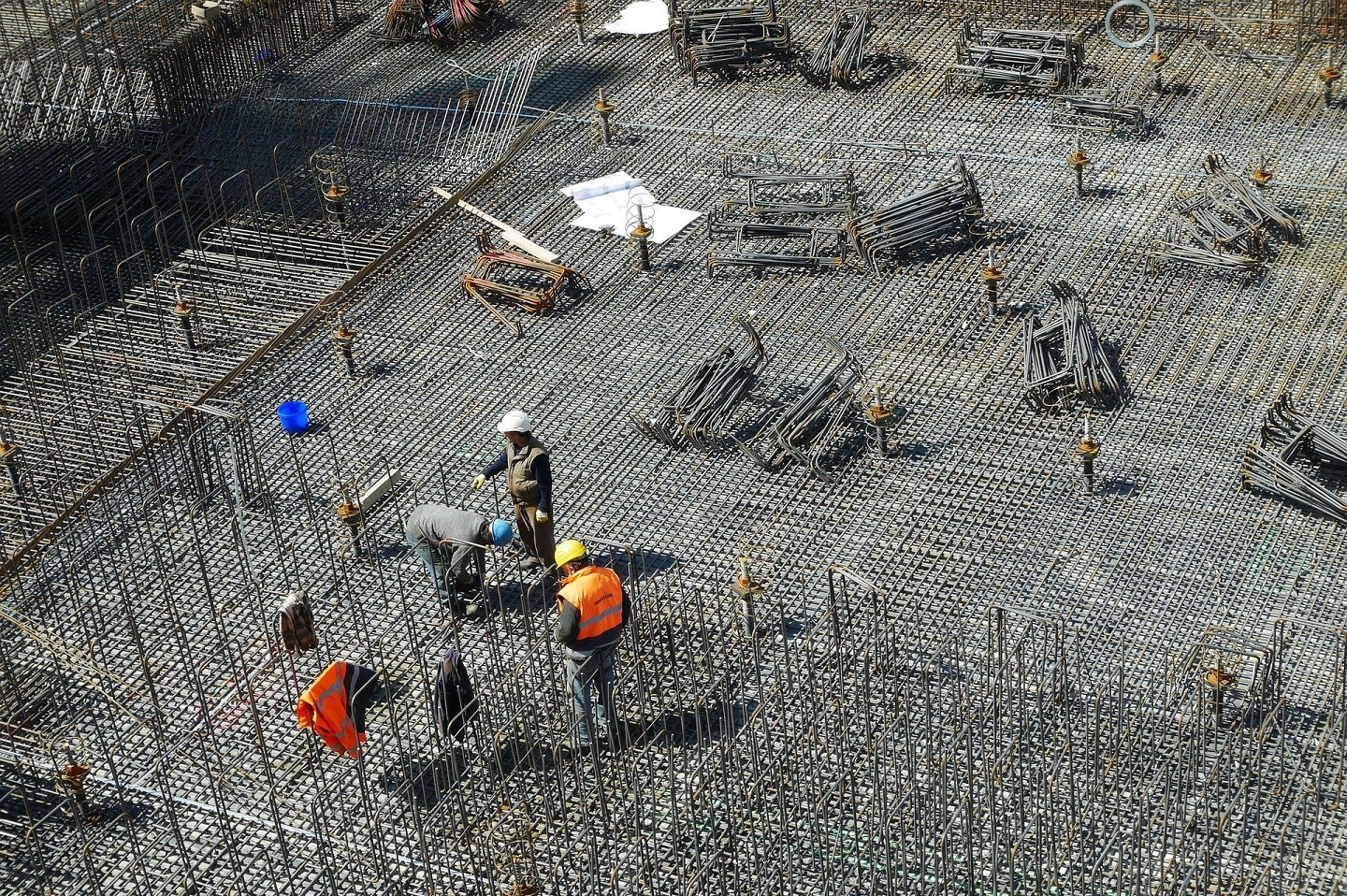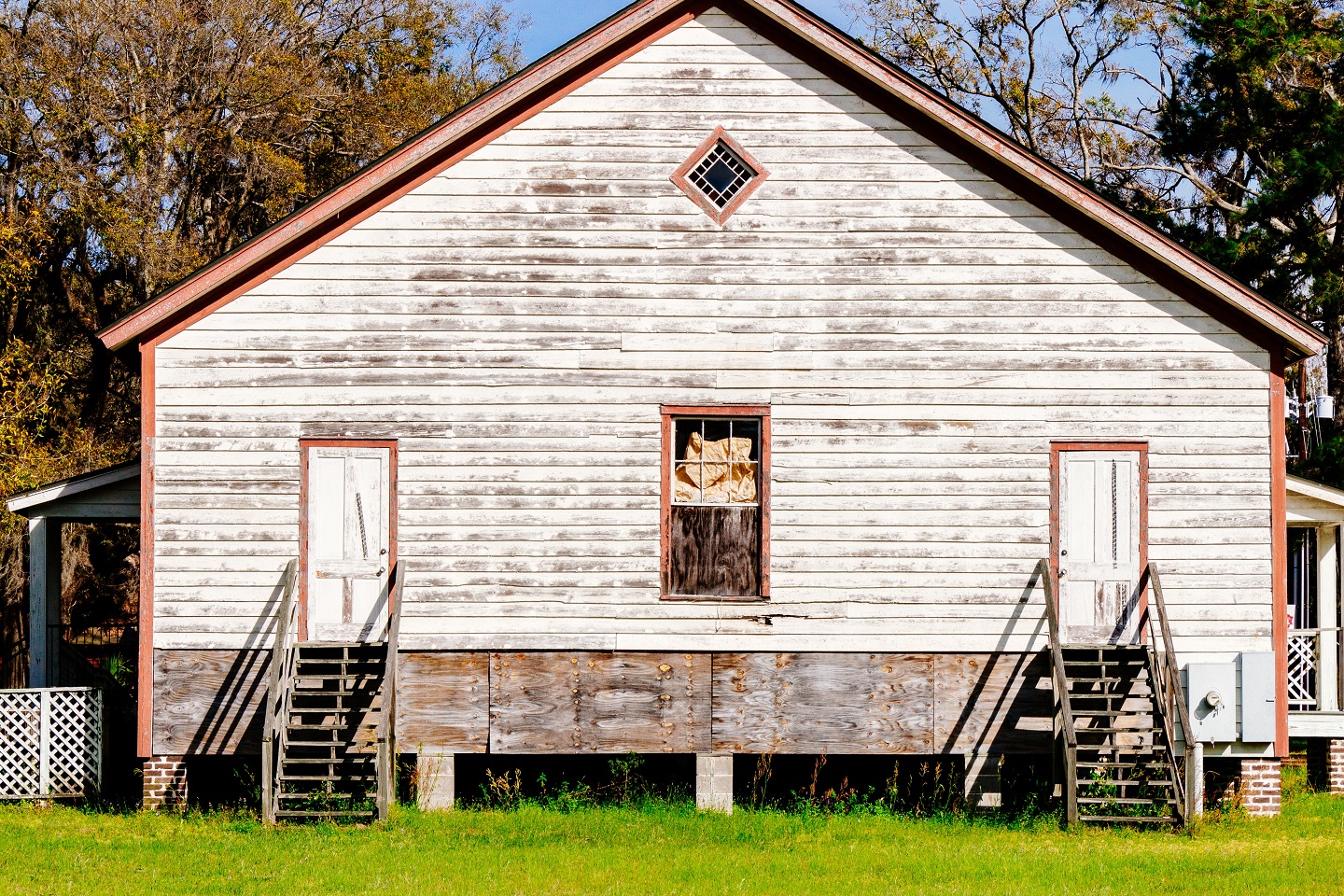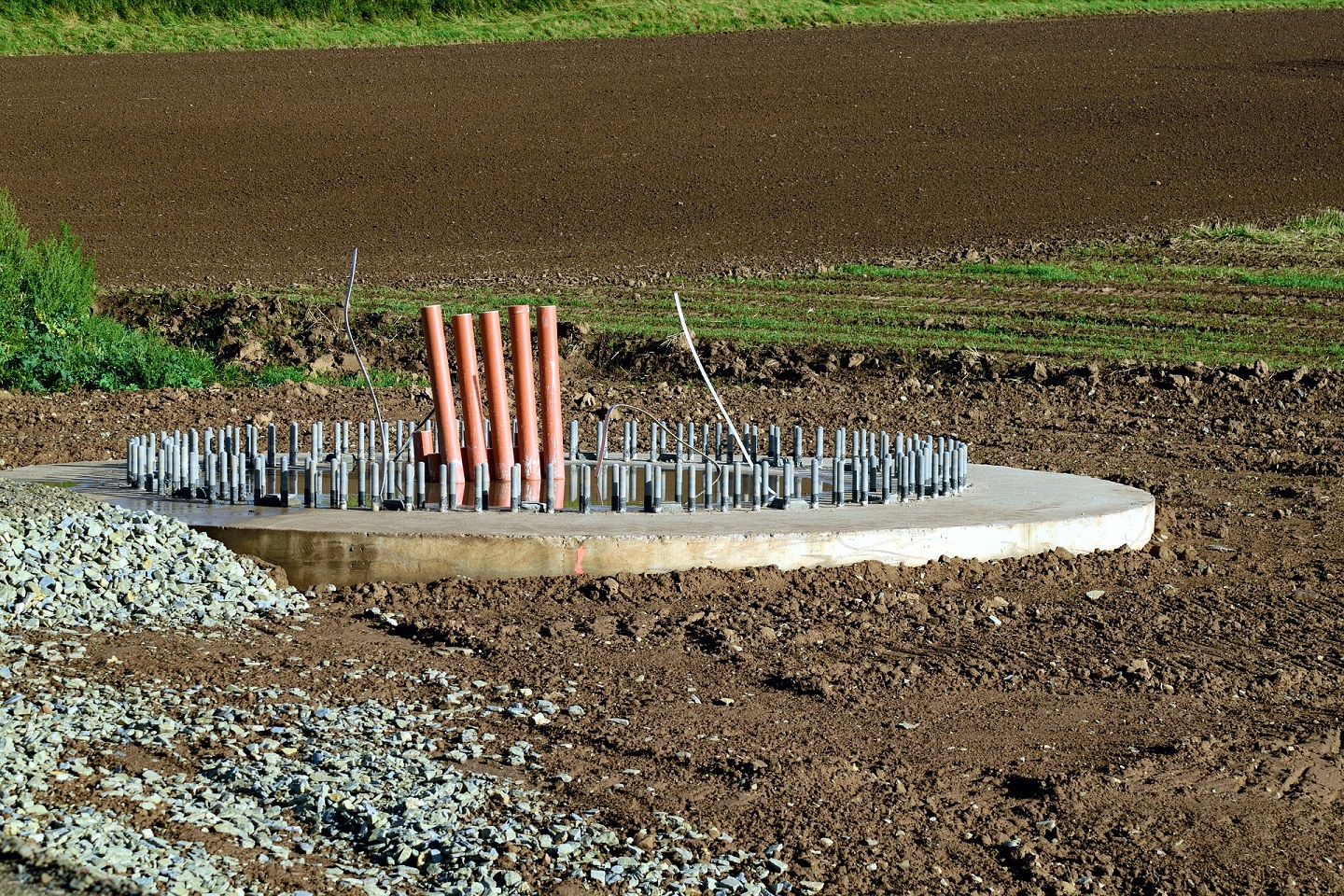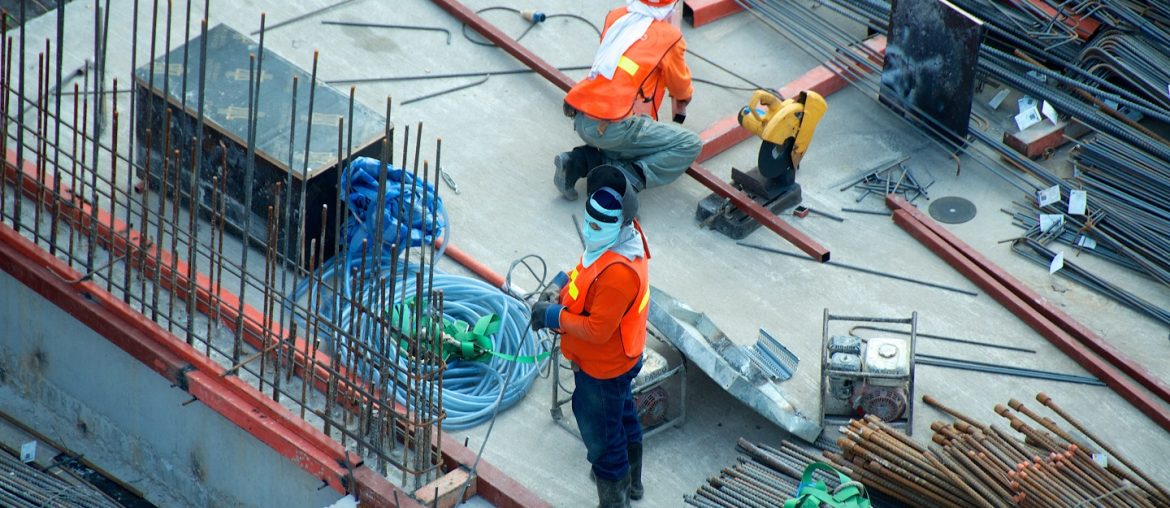Foundation is the single most important aspect of a house. It determines the rigidity of a structure, anchors it to the ground, provides a level surface for construction, and many more fundamental supports. However, not all houses are built in a similar fashion. Some houses are built on hills, some are built on sandy areas, and sometimes even on submerged lands. This is why their foundations vary as well. For example, a house built on the hilly areas tends to have a foundation that is different from the houses built on plain sites or submerged lands. There are a couple of factors that decide the foundation type. In this article, we will delve deep into the topic and discuss all the available types of house foundations and the factors that determine which one to use.
Foundation type and their deciding factors
Before we start discussing the foundation types, it is important to understand why various types of foundations exist. Now it may seem simple as the reason why engineers resort to different foundations is mainly because of soil but that is not the only dependency. There are several factors that decide the suitable foundation type for your house and they are-
- Total load of the house
- Soil conditions
- Water level
- Noise and vibrations sensitivity
- Available resources
- Time-frame of the project
- Cost and so on.
Depending on these factors there are mainly two types of house foundations. Shallow foundation and Deep foundation.
Shallow foundation
Put simply, if the base of a foundation is wider than the depth of the foundation then, it is a shallow foundation. Shallow foundation is used when the load-bearing capacity of the soil is adequate to carry an entire load of a building and more imposed by the structure. Depending on the use case there are several types of shallow foundations. Here are four such examples of shallow foundations.
Mat Foundation

A mat foundation spread across the entire surface area of the building that will be erected. It is essentially using the basement as the entire load-bearing foundation. Mat foundations are often used when the soil is loose, weak, and requires the weight to be distributed evenly. It is suitable if the soil is expansive. Because the load-bearing capacity of expansive soil is quite low.
Individual Footing

Individual footing or an isolated footing is one of the most if not the most common types of house foundations that are used for construction in our country. This is mostly because of the type of house that the majority of the people prefer to build in our country and also because of this foundation’s cost-effective nature.
This type of shallow foundation is constructed for a single column. The individual spread footings are usually square, rectangular, or even geometric frustum in shape that carries the load of a single column or pile.
Combined Footing
Combined footings are similar to an individual footing but with one exception. In combined footing one base shares the load of two or more piles that are close enough to share the same base. The rest of its functionality is same as individual footing.
Strip footings
Continious footing or strip footing runs the entire length of the load-bearing wall and the base of which is usually wider than the wall. Strip foundations are commonly used to build masonry walls, but can also be used effectively when building on gravel or tightly packed sand. However, if you want to use this footing to build houses, you have to be careful about the soil condition.
This foundation is not ideal if the soil’s bearing capacity is not sufficient to support the weight of the structure. These should not be used on soils where there is any possibility of a groundwater flow above bearing layer of soil which may result in scour or liquefaction.
Deep Foundation
Deep foundation is built deep into the earth to support the load of a structure. These are usually used for large structures such as bridges, skyscrapers, and other mega structures. However, these foundations can be used for homes built on steep cliffs, over water, on the beach, or other unique locations. There are mainly two types of deep foundations.
Pile Foundation

A pile foundation goes deep into the ground and transfers the weight of the structure by skin friction and by end bearing. Pile foundations are generally used for soils where soil conditions near the ground surface is not suitable for heavy loads. This foundation provides rigidity for the structure and prevents uplift of the structure due to lateral loads such as earthquake and wind forces.
Caisson Foundations
Cassion shafts also called the drilled shaft, act similarly to pile foundations discussed above, but are high capacity cast-in-situ foundations. It resists loads from structure through shaft resistance, toe resistance and/or a combination of both of these. An auger is used for the construction of drilled shafts or caissons. Caisson foundation is typically used for bridge construction, pier, or other structure over water. But it can also be used to support freeway overpasses, hillside homes, and more
Depending on the size, location, technical challenges, and available resources, the decision of choosing the right type of foundation for your home should be a little bit clearer. Also, the cost of building a house is largely associated with the foundation. As we mentioned before, foundations are what make your home rigid and it is essential that you know what type of foundation is suitable for your home construction.
Hope you learned something new and if you have any questions regarding the topic covered in the article let us know your thoughts in the comments section below.




